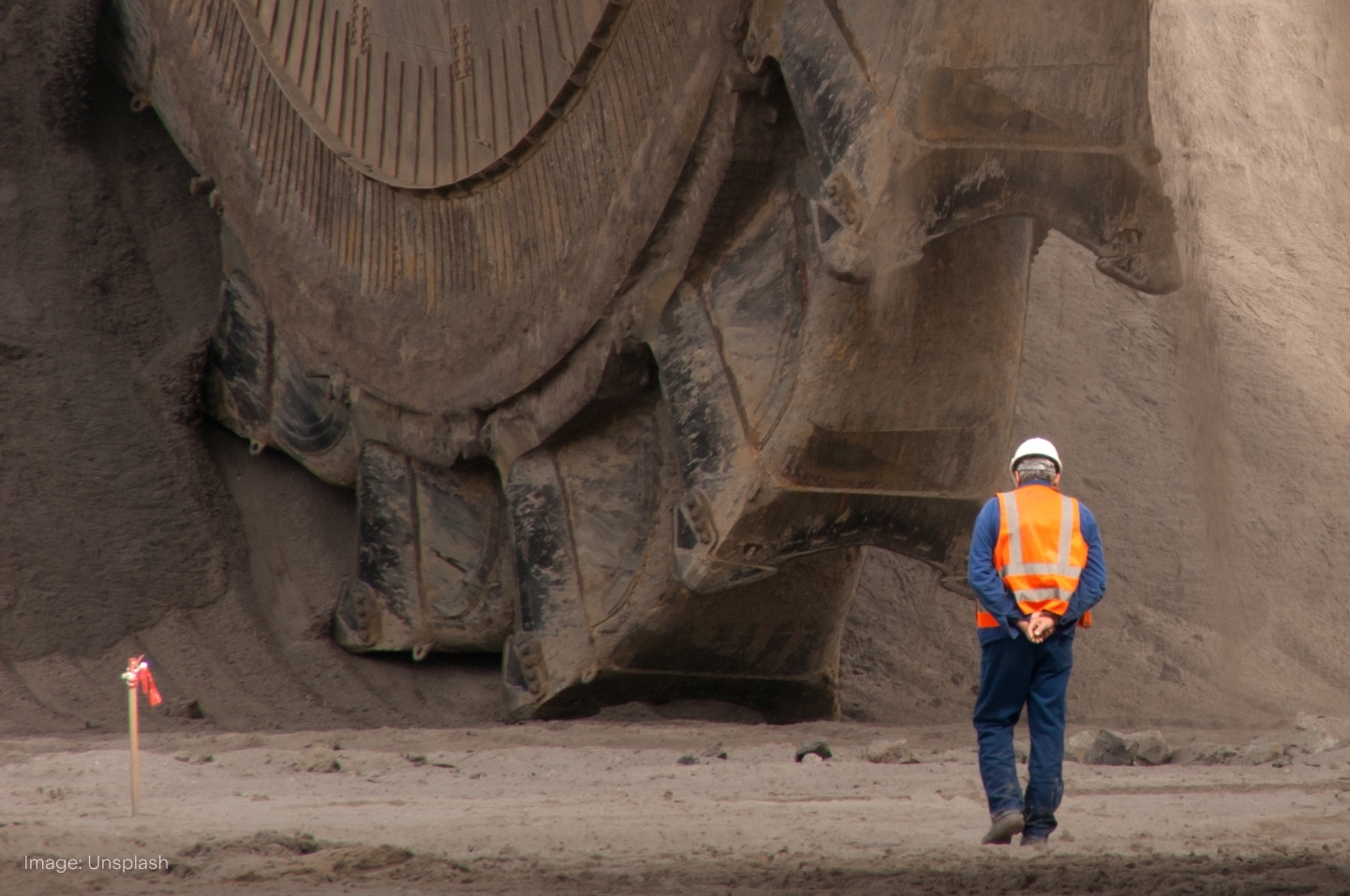.jpg&w=3840&q=100)
Under the Spotlight AUS: Woodside Energy (WDS)
Woodside Energy is a Perth-based oil & gas giant spending big on megaprojects needed to sustain production into the next decade. Let’s put it Under the Spotlight.
Woodside Energy ($WDS) CEO Meg O’Neill is betting a US$900m acquisition in the U.S. will transform the company into a global gas powerhouse. But investors concerned about commodity prices and the outlook for dividends have driven shares to two-year lows, down 11% this year.
The proposed purchase of Tellurian Inc ($TELL) aims for its unbuilt – but permitted – Driftwood liquefied natural gas (LNG) project on the U.S. Gulf Coast. It could deliver an additional 27.6 million tonnes a year (Mtpa), nearly tripling Woodside’s current LNG production as its older assets begin to decline.
The deal is a big bet by Woodside’s board on gas remaining central to energy security. This should draw criticism from activists who have demanded the $50b company do more to curb emissions.
.jpg&w=3840&q=100)
Sticker shock
But powerhouse status won’t come cheap. The cost to develop phase one (to reach 11 Mtpa) and phase two (another 5.5 Mtpa) will be between US$900 and US$960 a tonne. That’s a hefty US$9.9b to US$10.6b for phase one alone. Woodside will make a final investment decision by early 2025.
Strategically, the deal makes sense. Woodside needs to sustain production into the 2030s as assets like the North West Shelf, the project that made the company in the 1980s, undergo a decline in production.
However, the construction of Driftwood will extend Woodside’s big spending on megaprojects. This already includes connecting the Scarborough gas field off Western Australia to a newly built second LNG train, or processing plant, at its Pluto facility on the Burrup Peninsula.
Even with Woodside’s proposed sale of a 50% stake in Driftwood, investors are concerned the drain on cash flows may impact dividends. Would the company be able to maintain them at the top end of its payout ratio target, which is 50% to 80% of net profit after tax?
.png&w=3840&q=100)
Trading places
The acquisition of the Driftwood project is a departure from Woodside’s usual approach of finding a gas field and then piping the gas to its processing facilities, when the key consideration is what price it can get for its LNG.
Driftwood is an infrastructure play. Woodside’s returns will depend on the price at which it can buy gas at Henry Hub (the price benchmark for the U.S. market), refrigerate it through its processing plant, and then sell it to customers.
The proposed construction of Driftwood is part of Woodside’s strategy to increase its presence as a portfolio gas player, or more simply a trader of cargoes from projects in different countries.
Woodside has typically signed long-term contracts with large utilities, notably in Asia. Now it is growing its exposure to shorter-term contracts that try to capture the spread between U.S. gas prices and LNG price indices. Some analysts are yet to be convinced Driftwood’s returns can be consistent with Woodside’s 12% target.
.png&w=3840&q=100)
Scarborough shoals
Though the 11% fall in the share price this year is mostly linked to weaker energy prices, cost overruns at the Scarborough project have also played a role.
Woodside’s June quarter report showed costs increased 4% to US$12.5 billion, or US$8.2b for Woodside’s share, mainly due to modifications made to the original plan. Scarborough was 67% complete at the end of June.
The rising estimate has some analysts worried that the ultimate cost could be even higher considering inflation. Understandable concerns given the industry’s history of LNG projects being late and over budget in the 2010s.
The first LNG cargo from Scarborough is planned for 2026. Showing this can be delivered on time and within the new budget will be vital to maintain investor faith that Woodside can then refocus its attention and capital on delivering Driftwood. The two megaprojects can re-energise Woodside’s production after 2030 and are key to enticing investors to hit the gas on the share price.
This does not constitute financial advice nor a recommendation to invest in the securities listed. The information presented is intended to be of a factual nature only. Past performance is not a reliable indicator of future performance. As always, do your own research and consider seeking financial, legal and taxation advice before investing.

